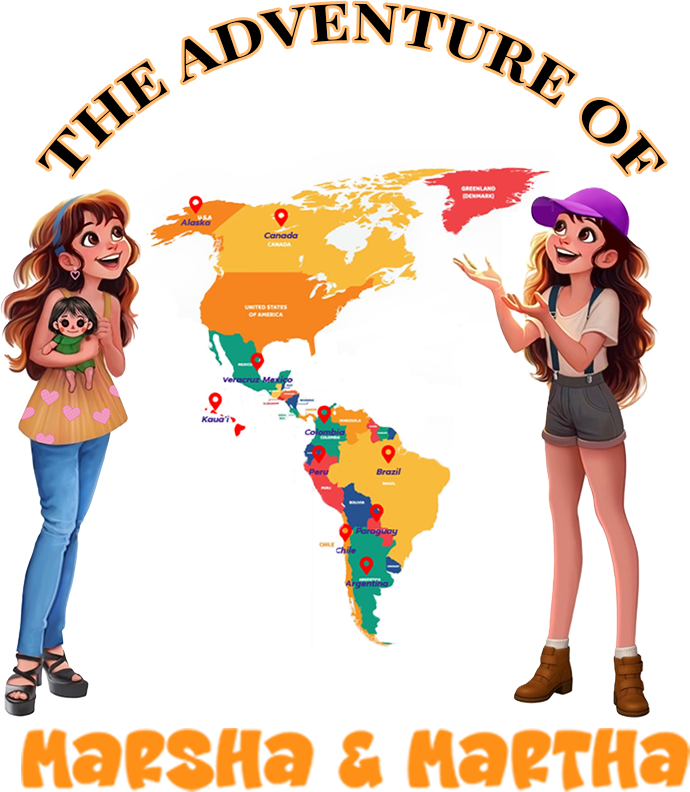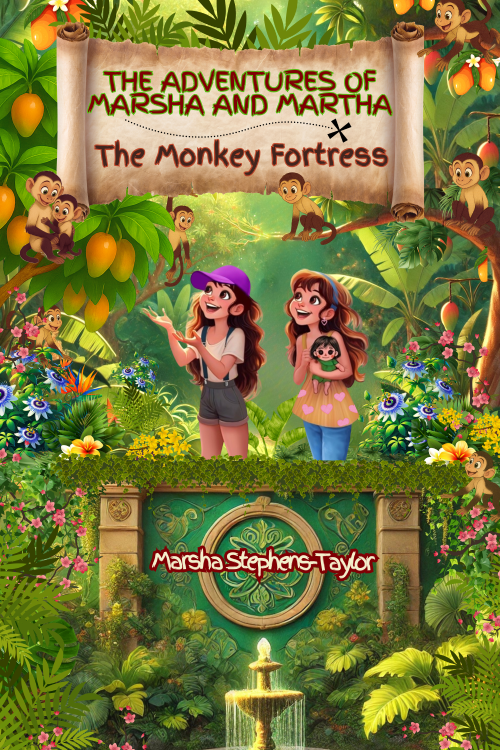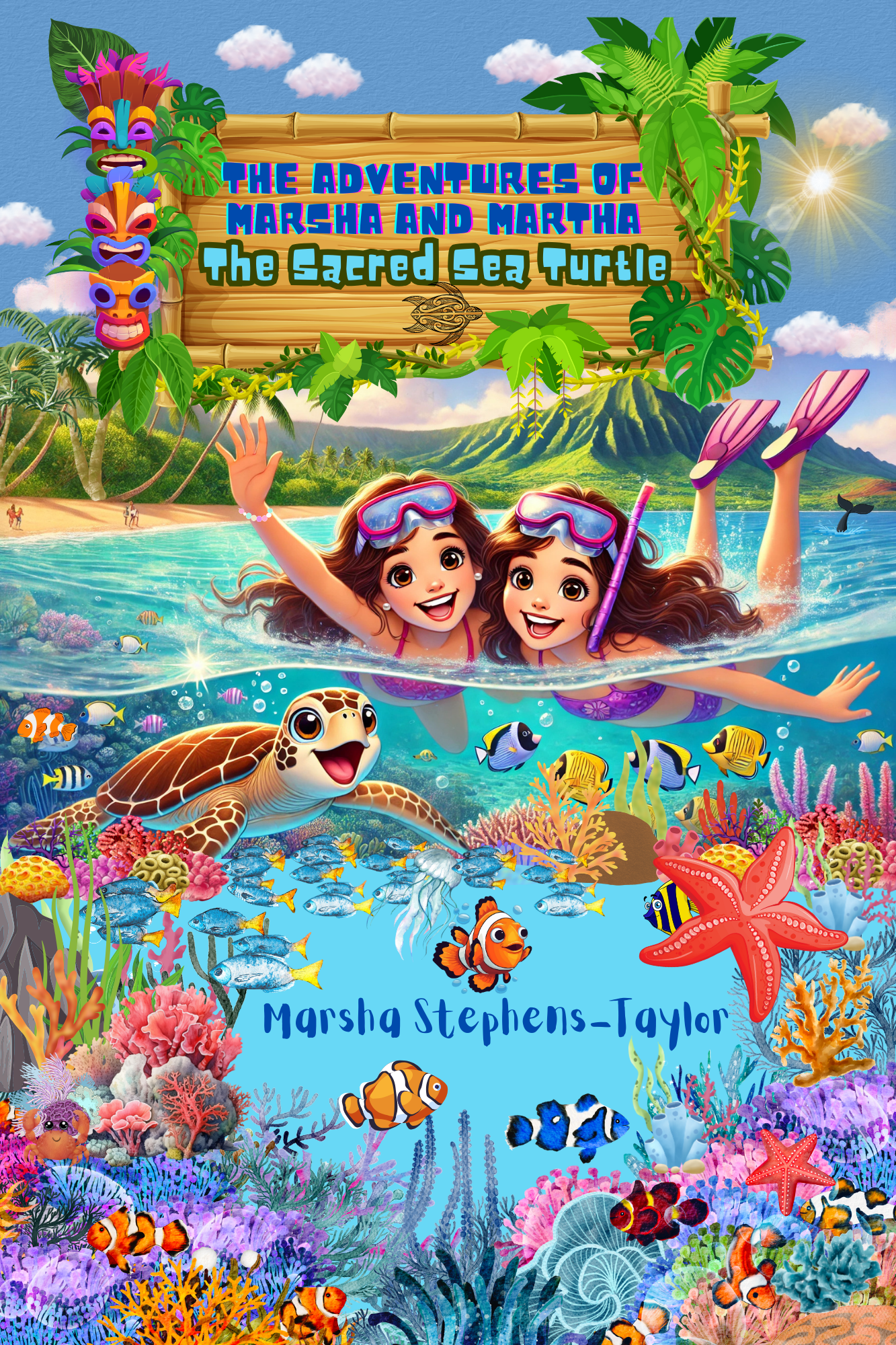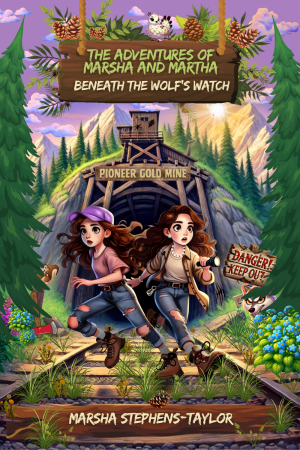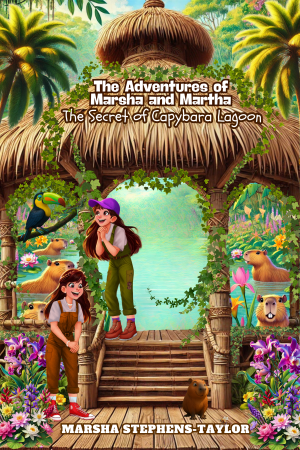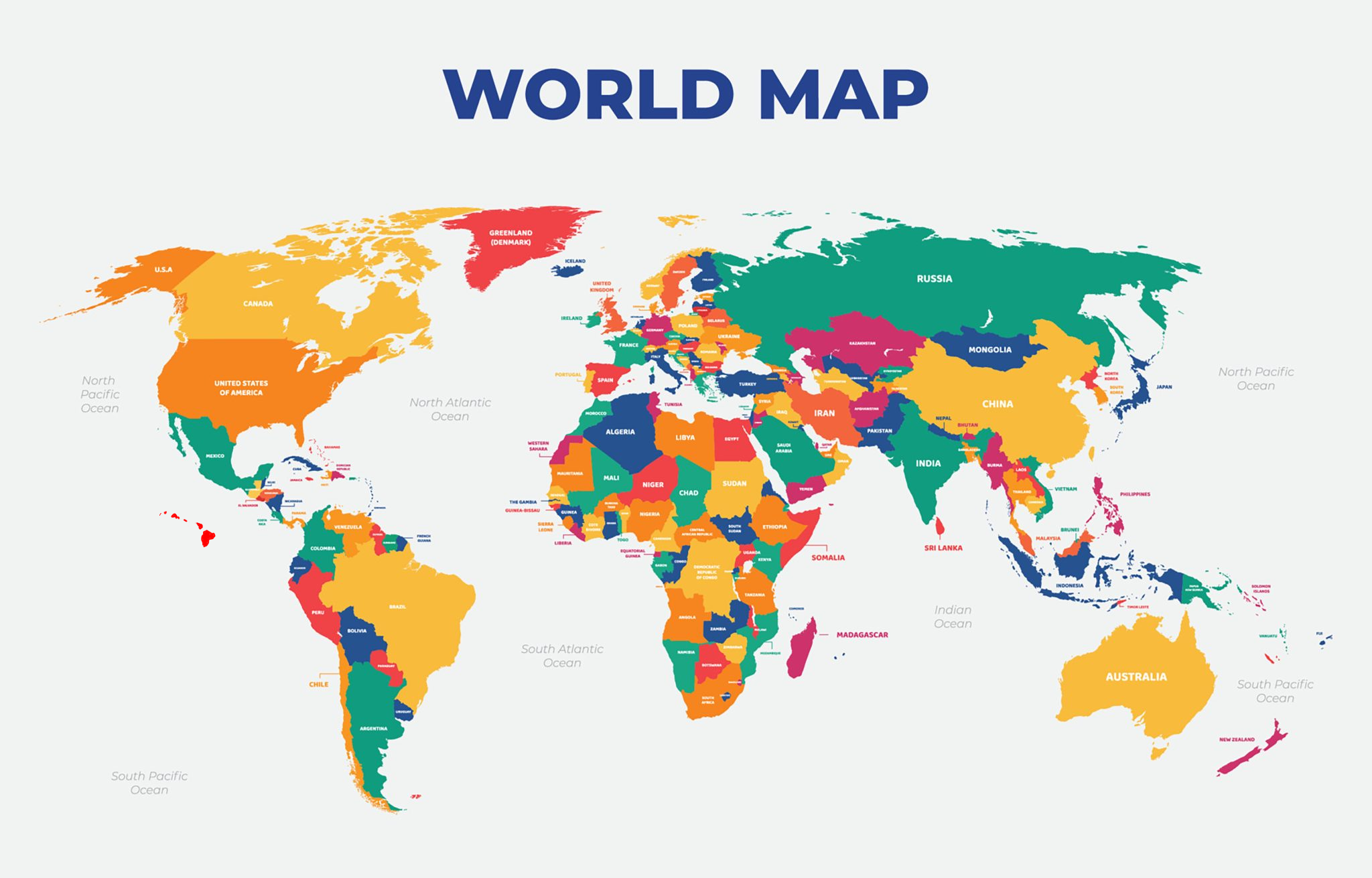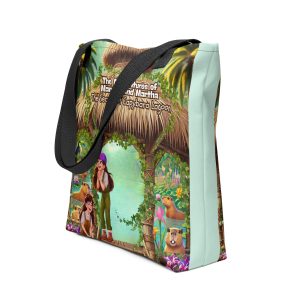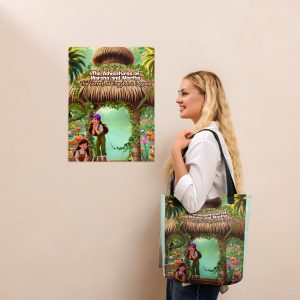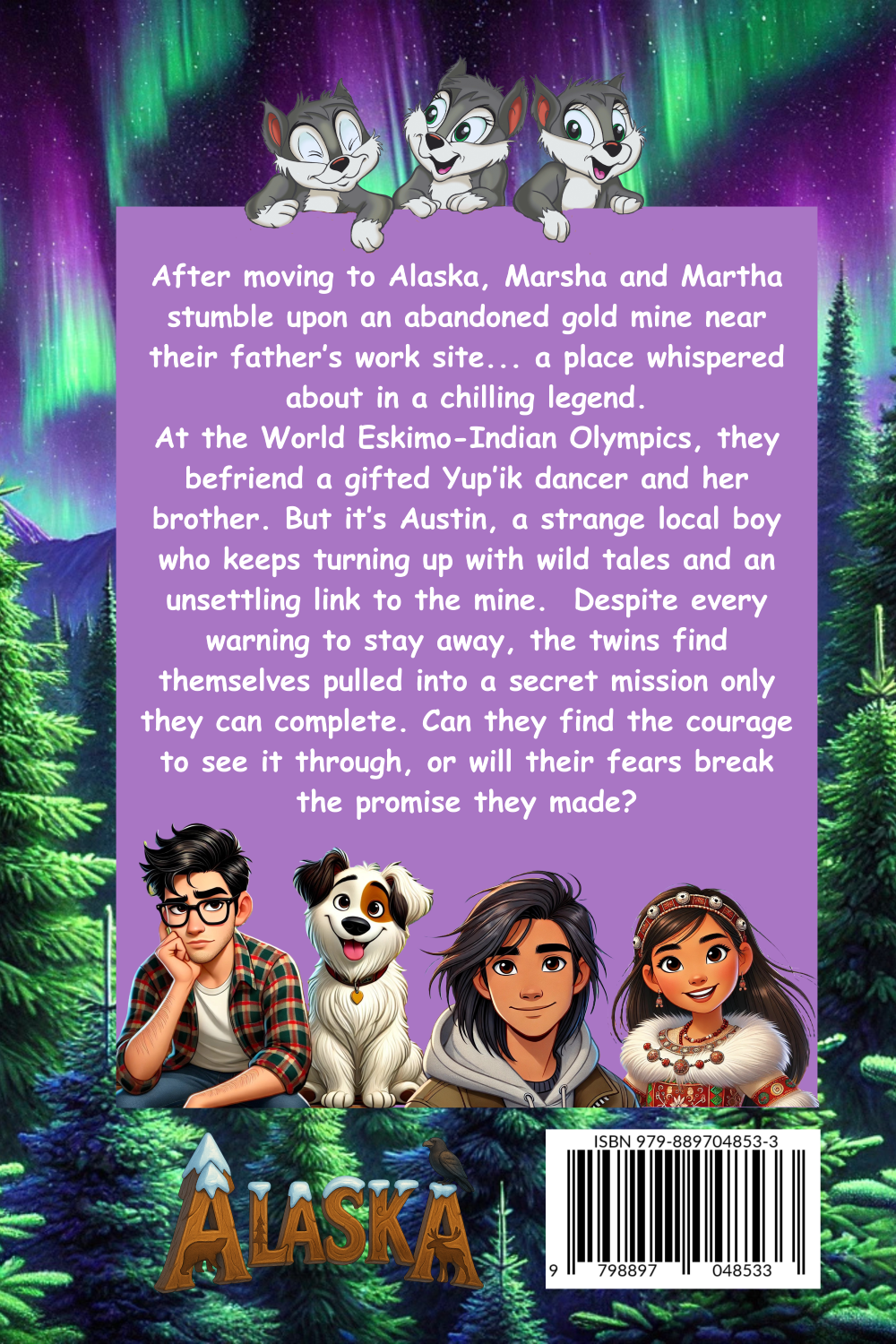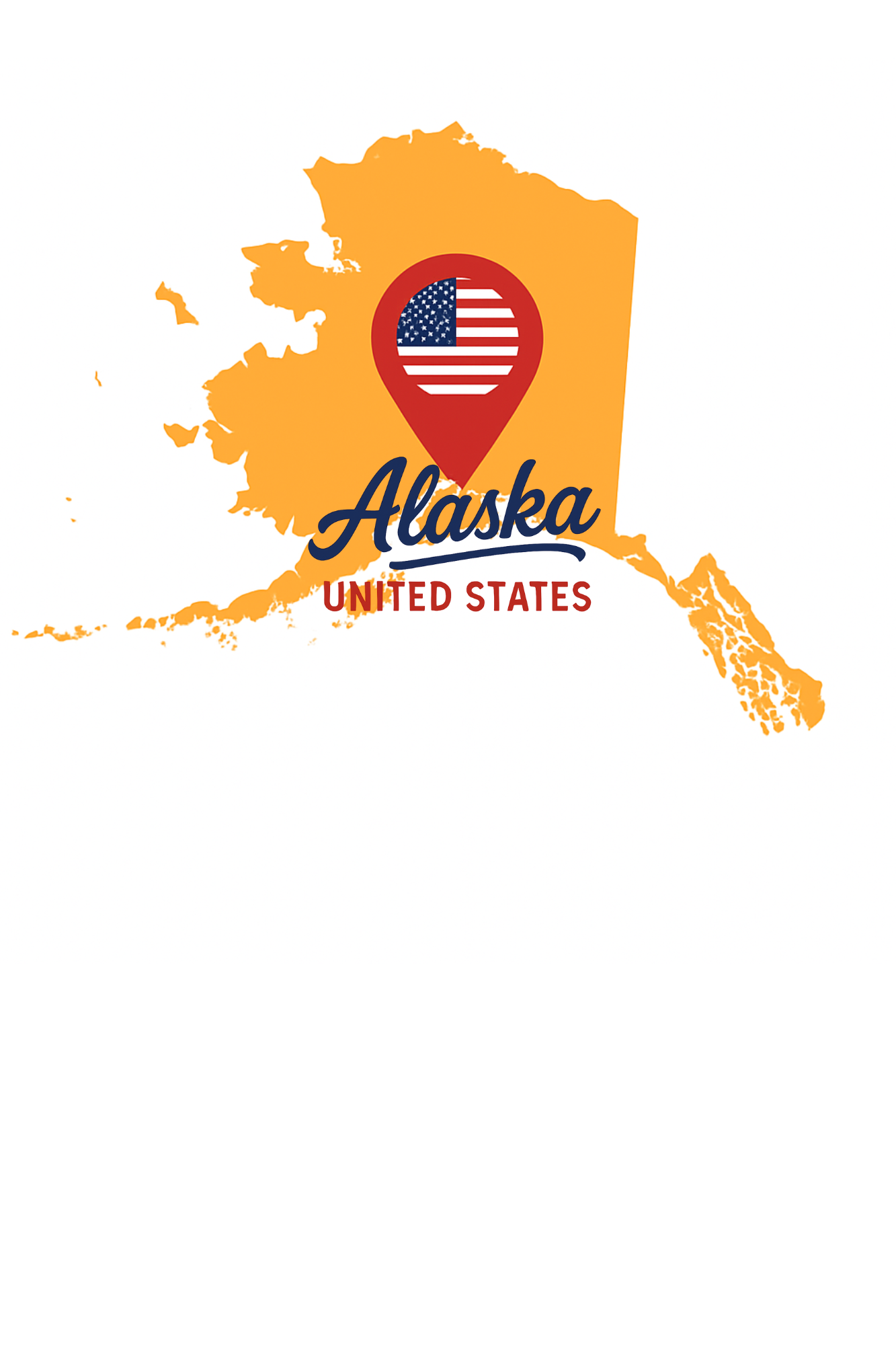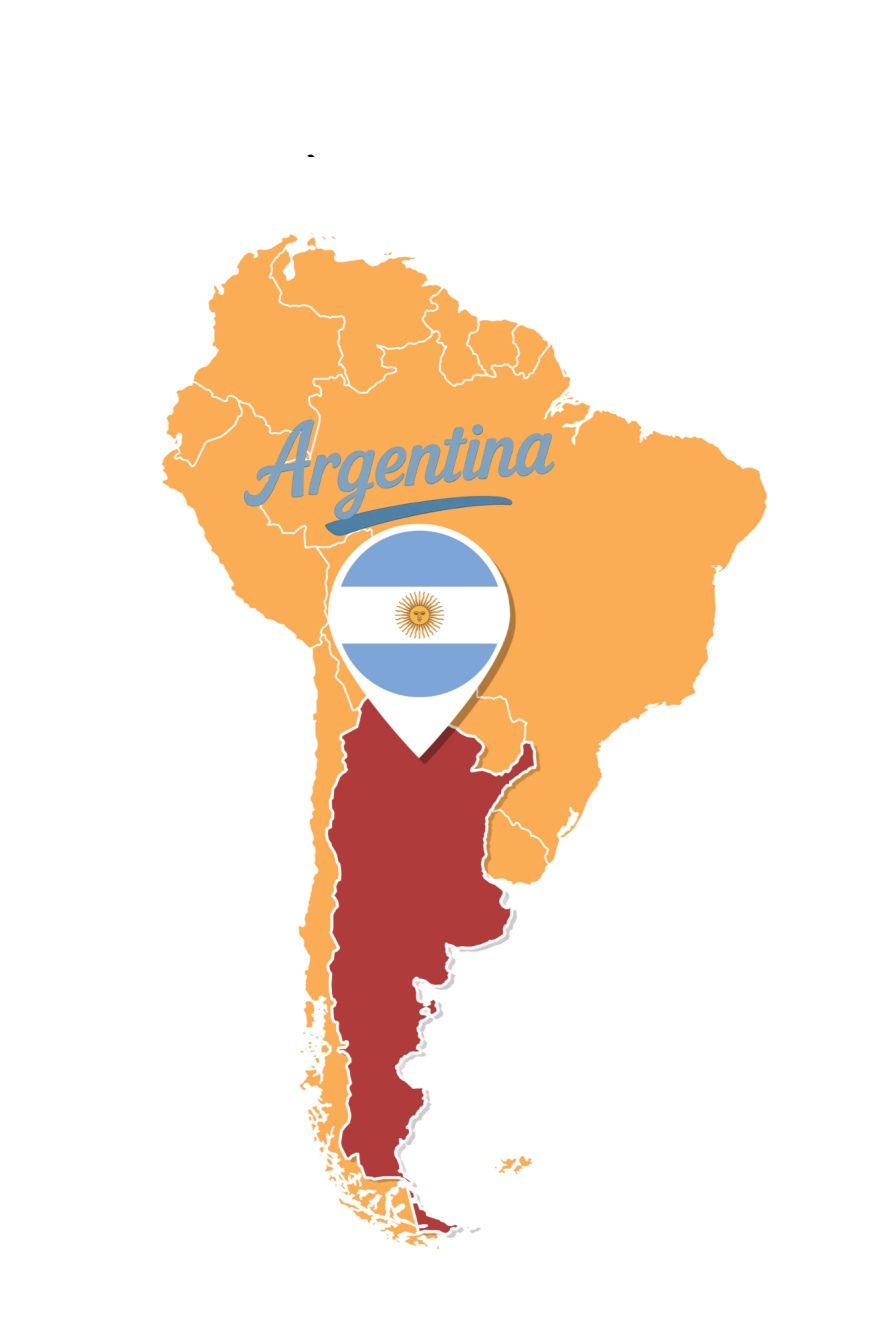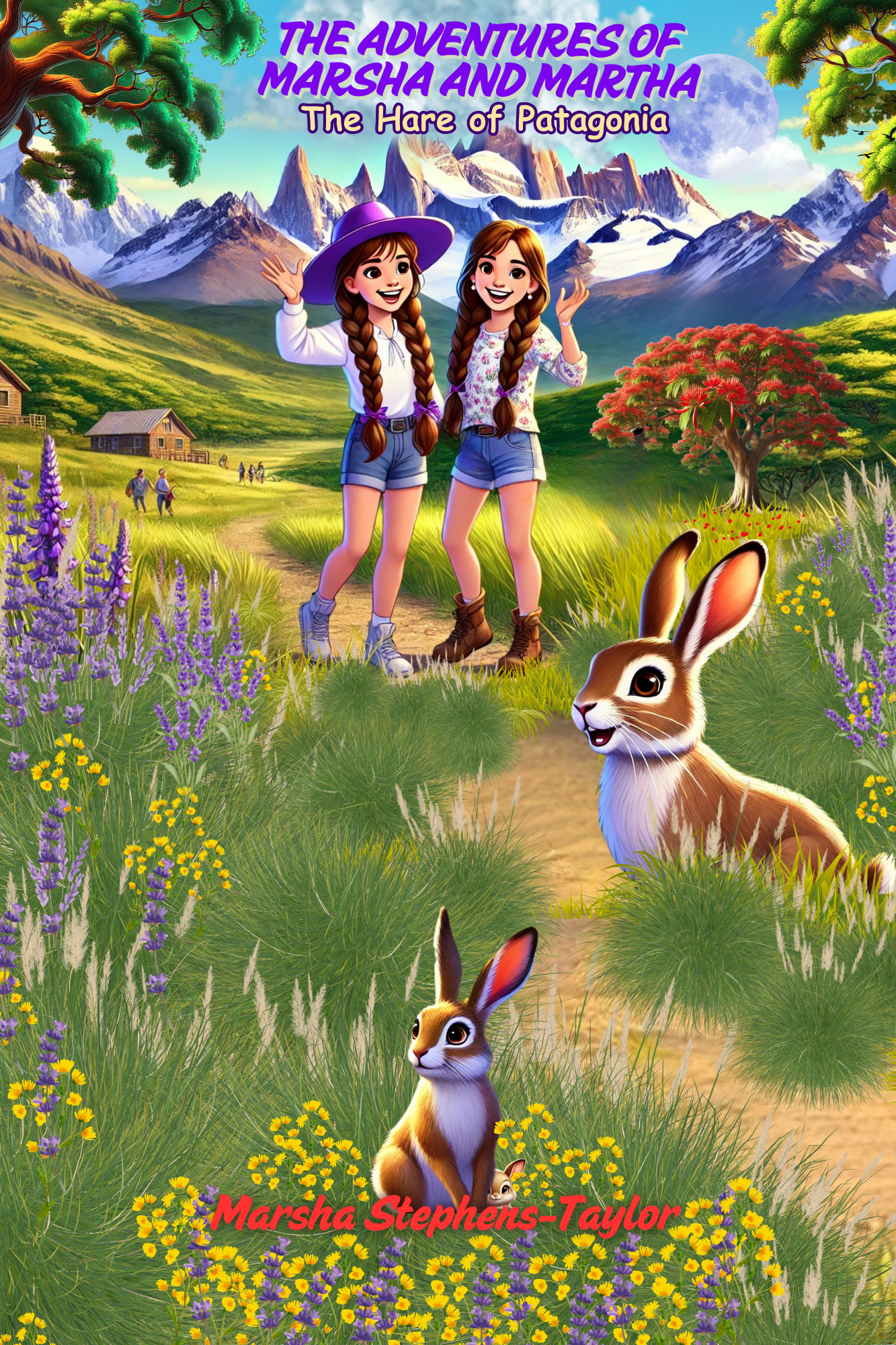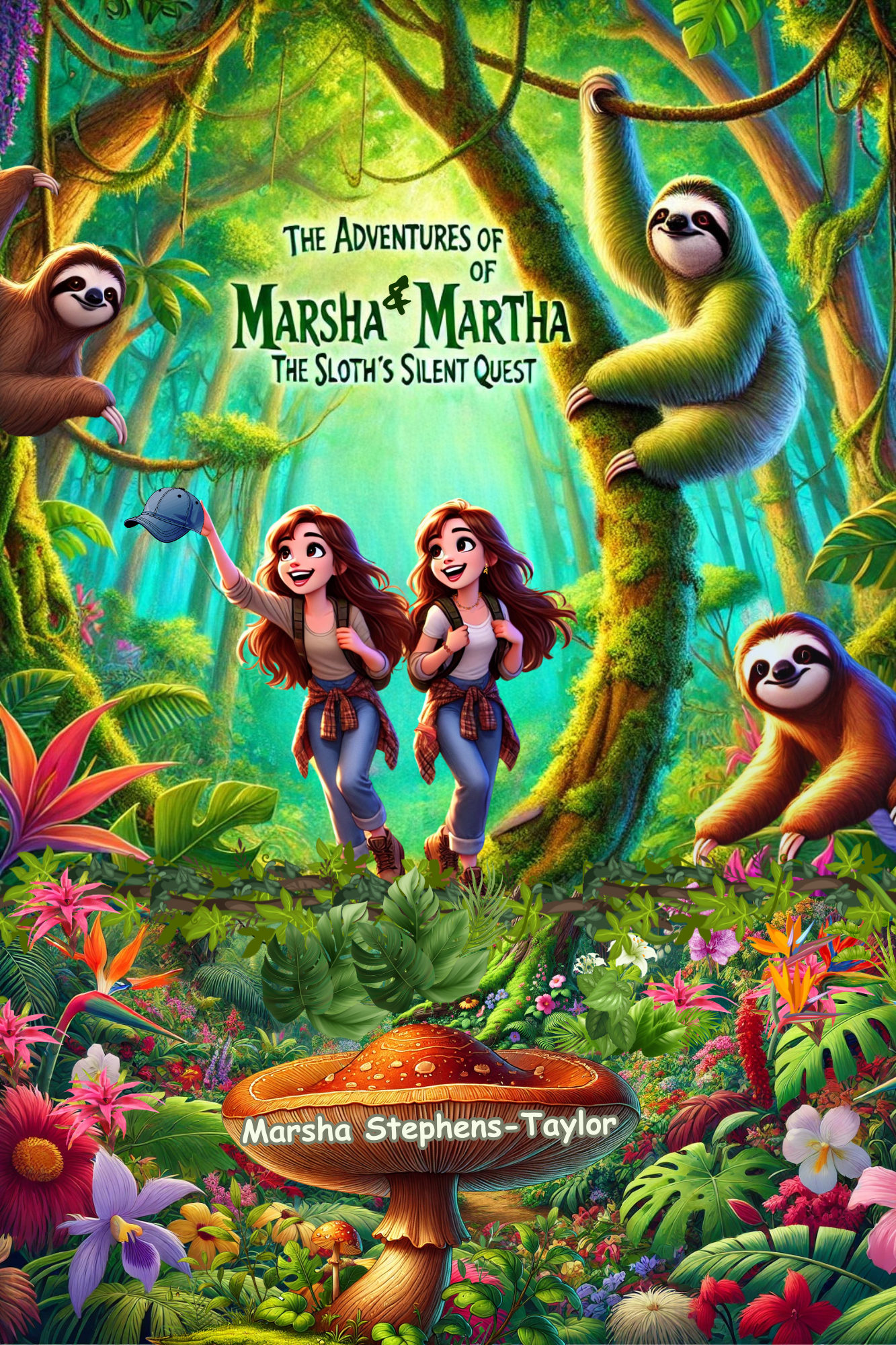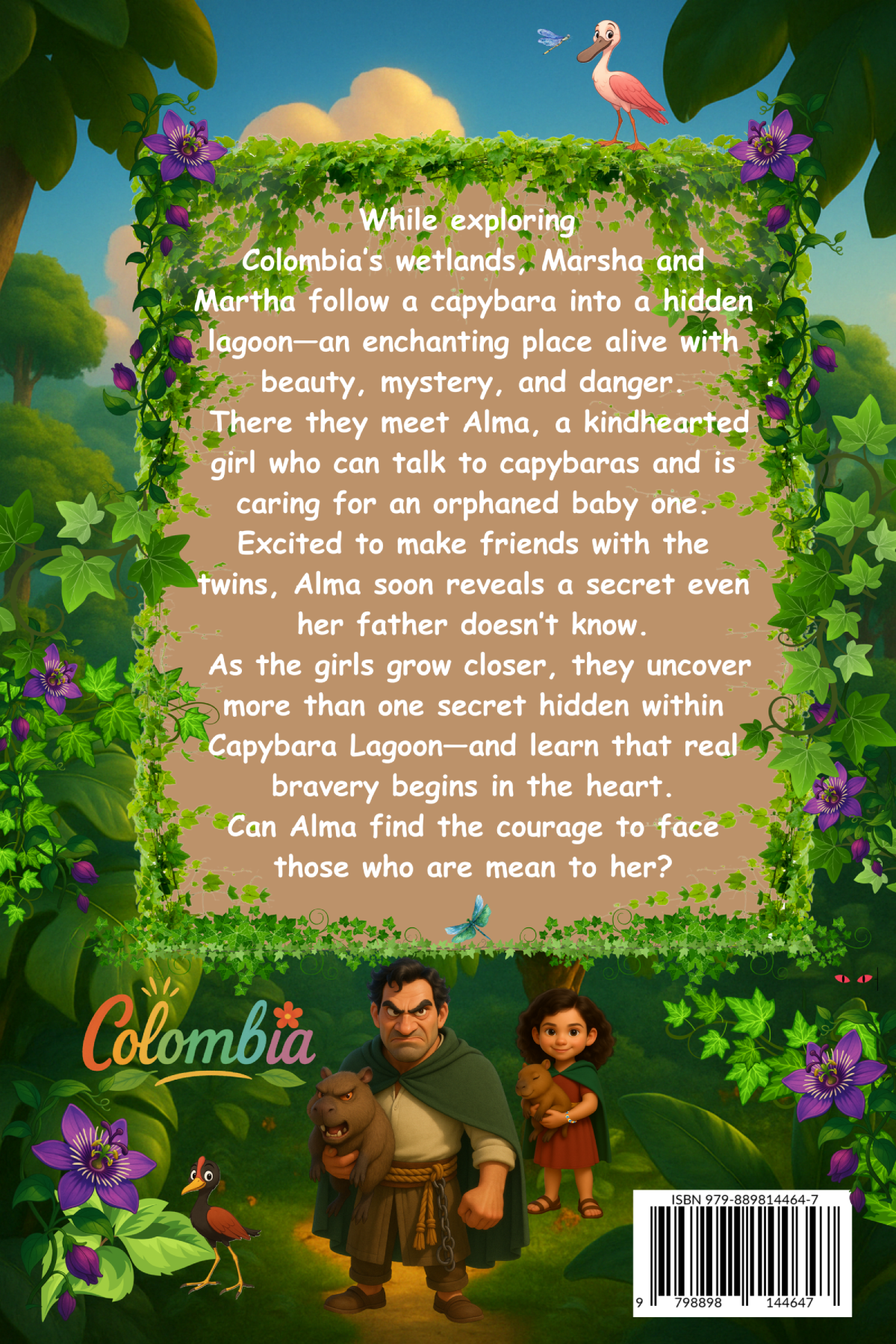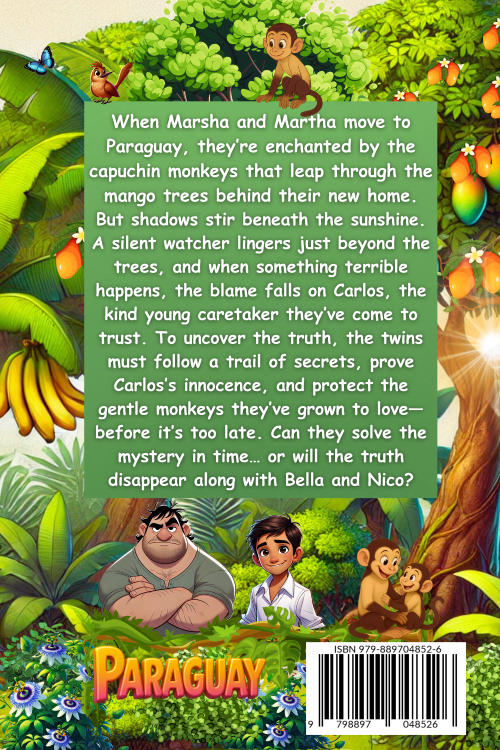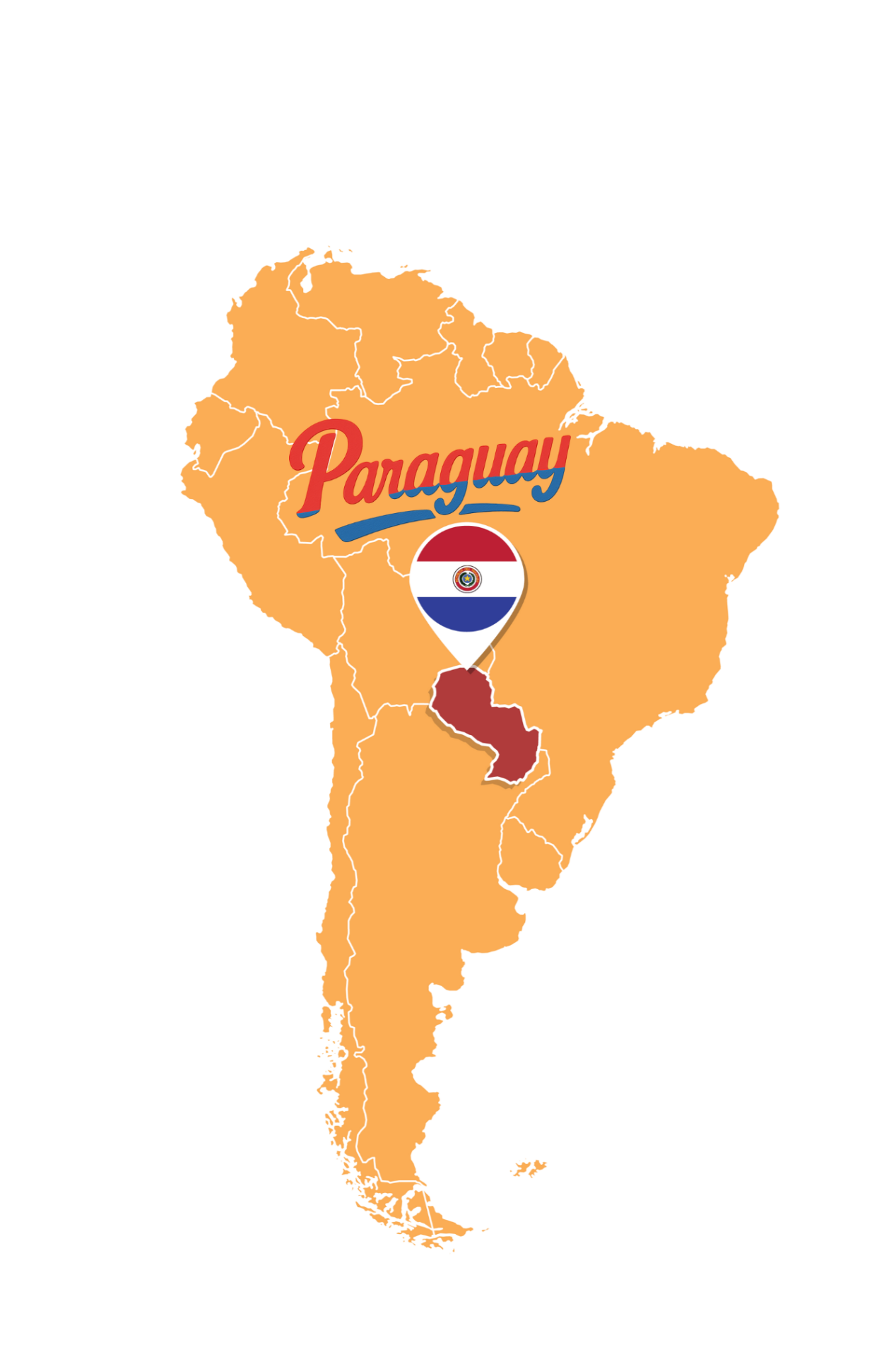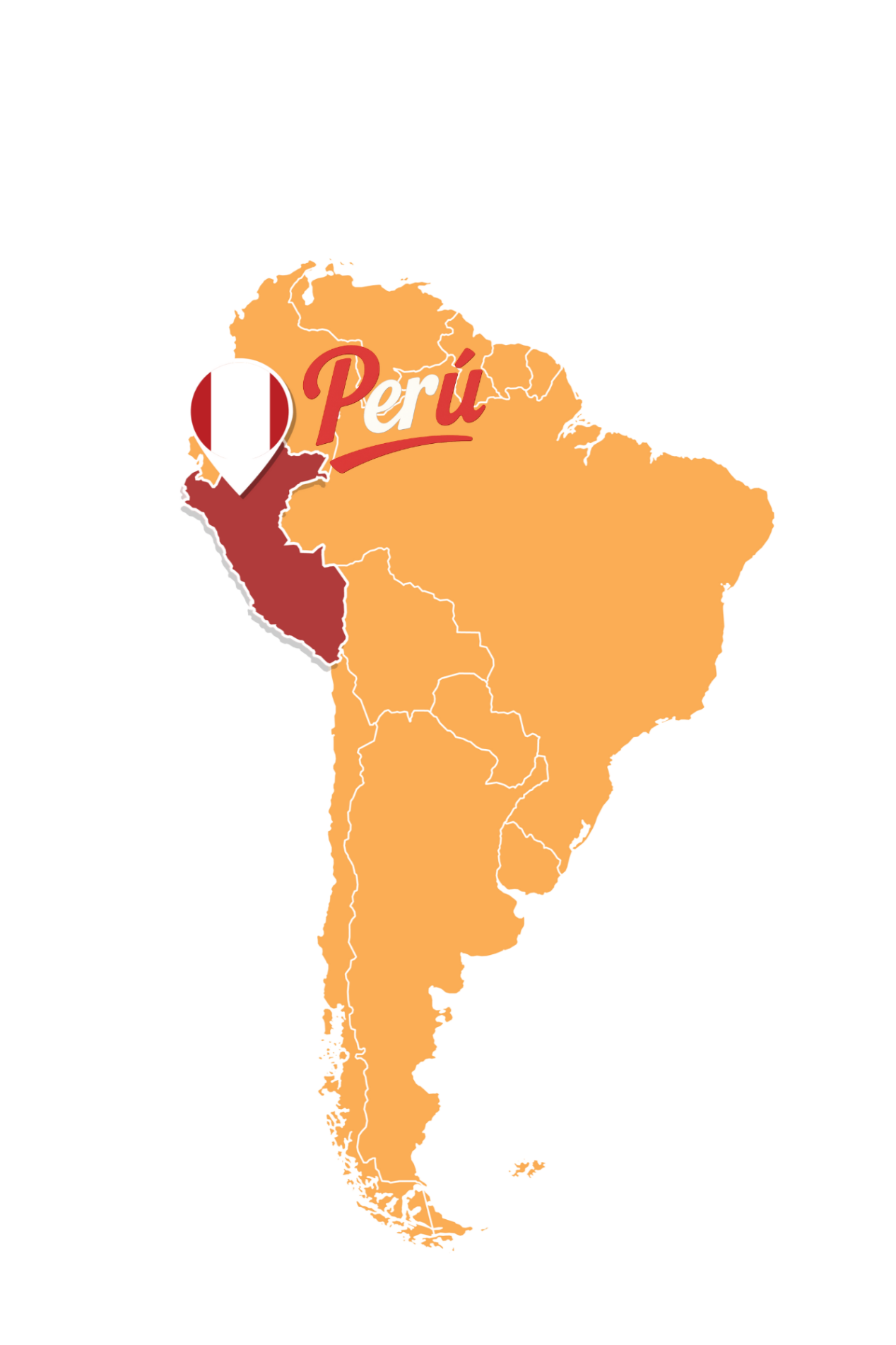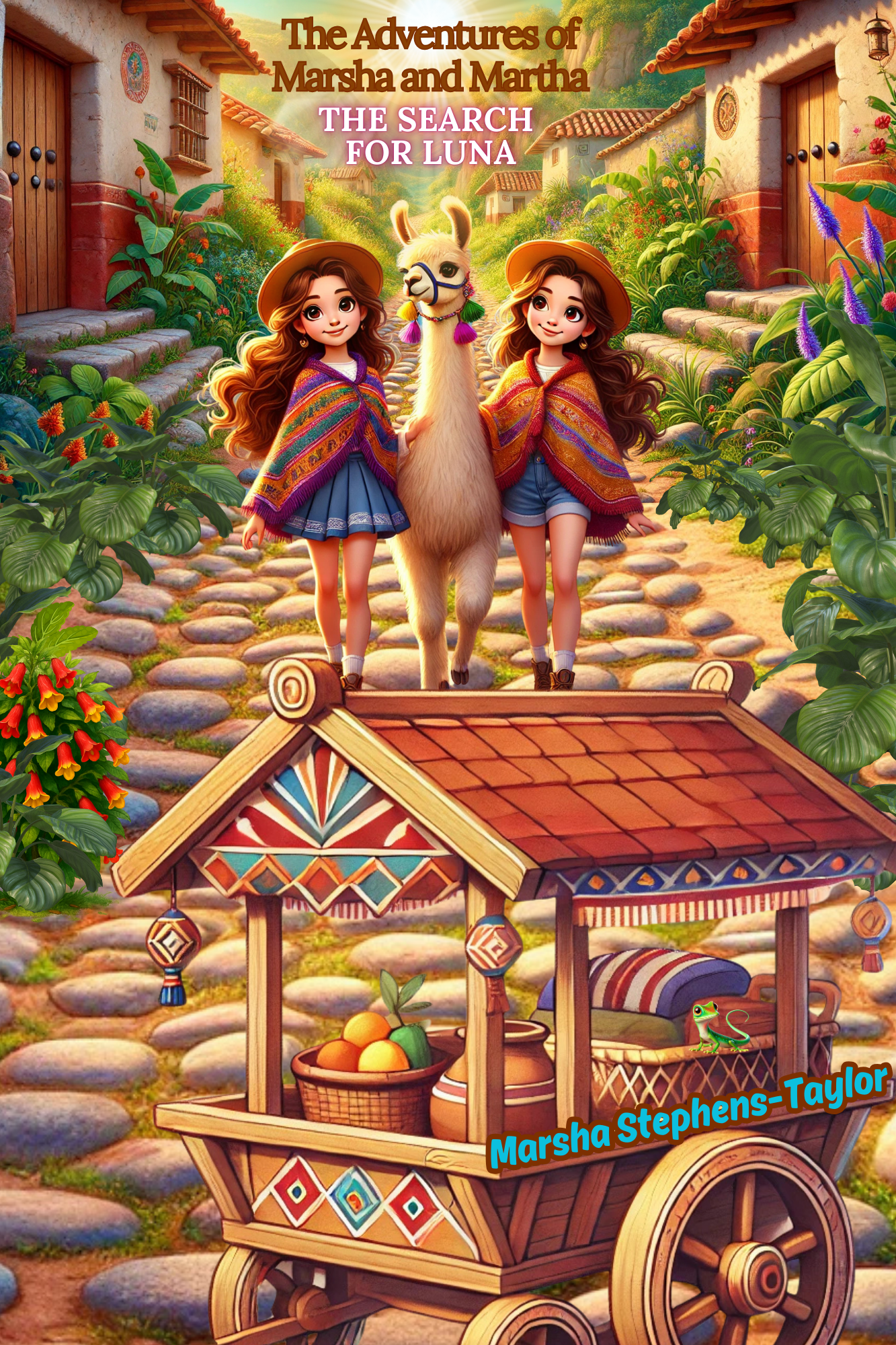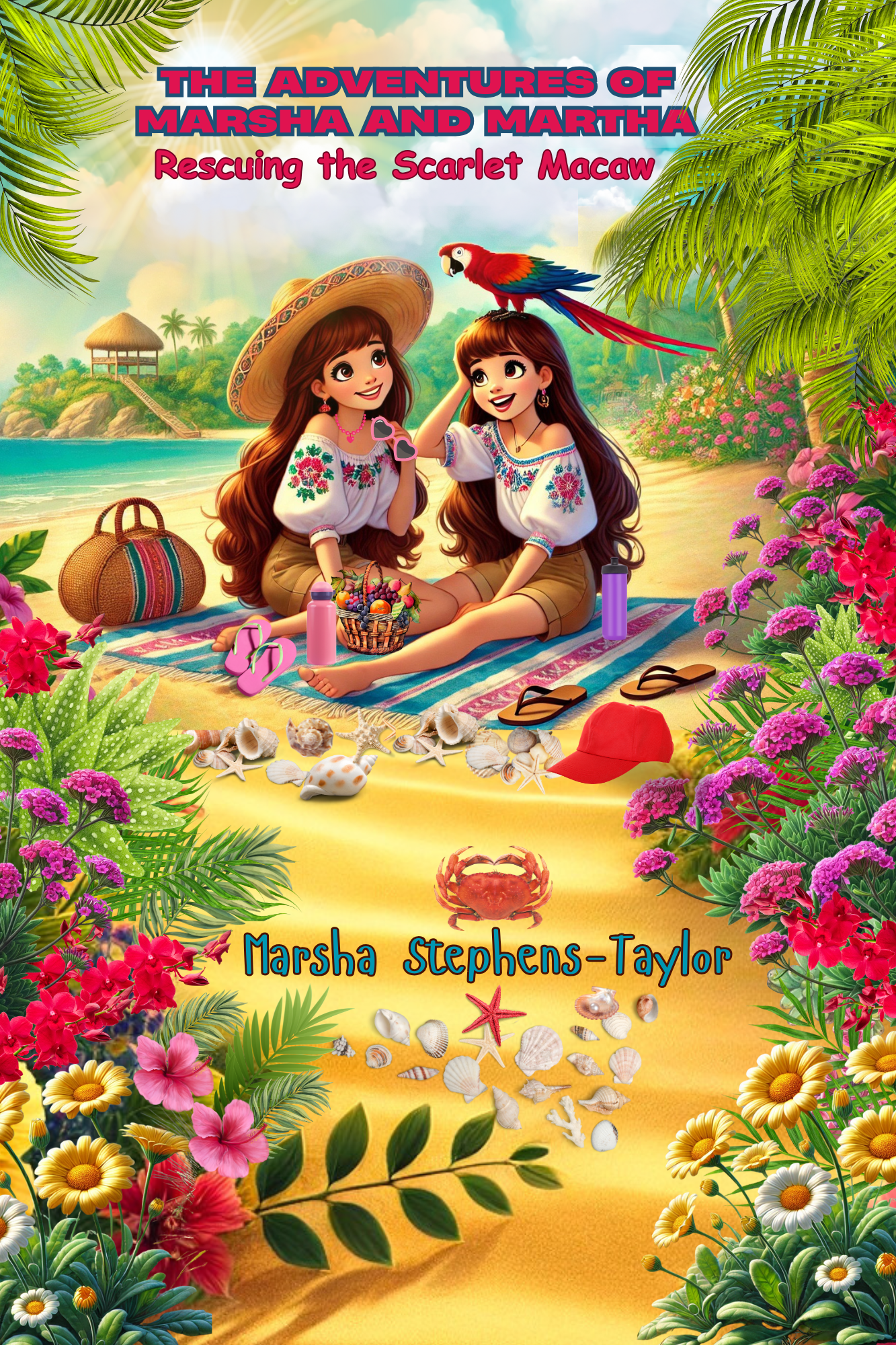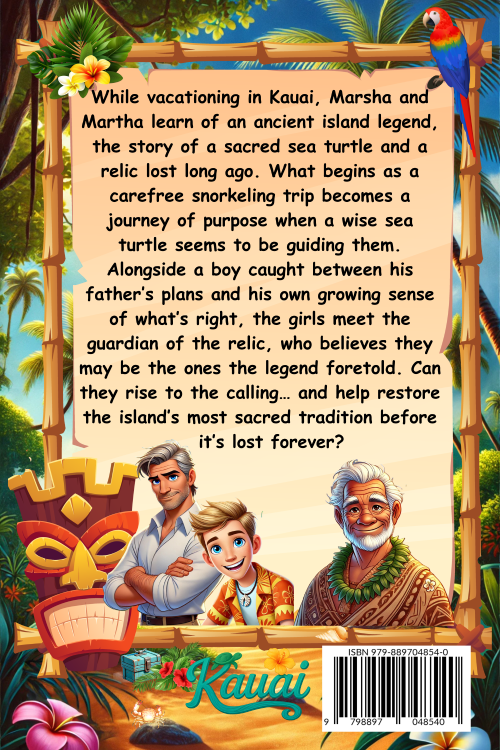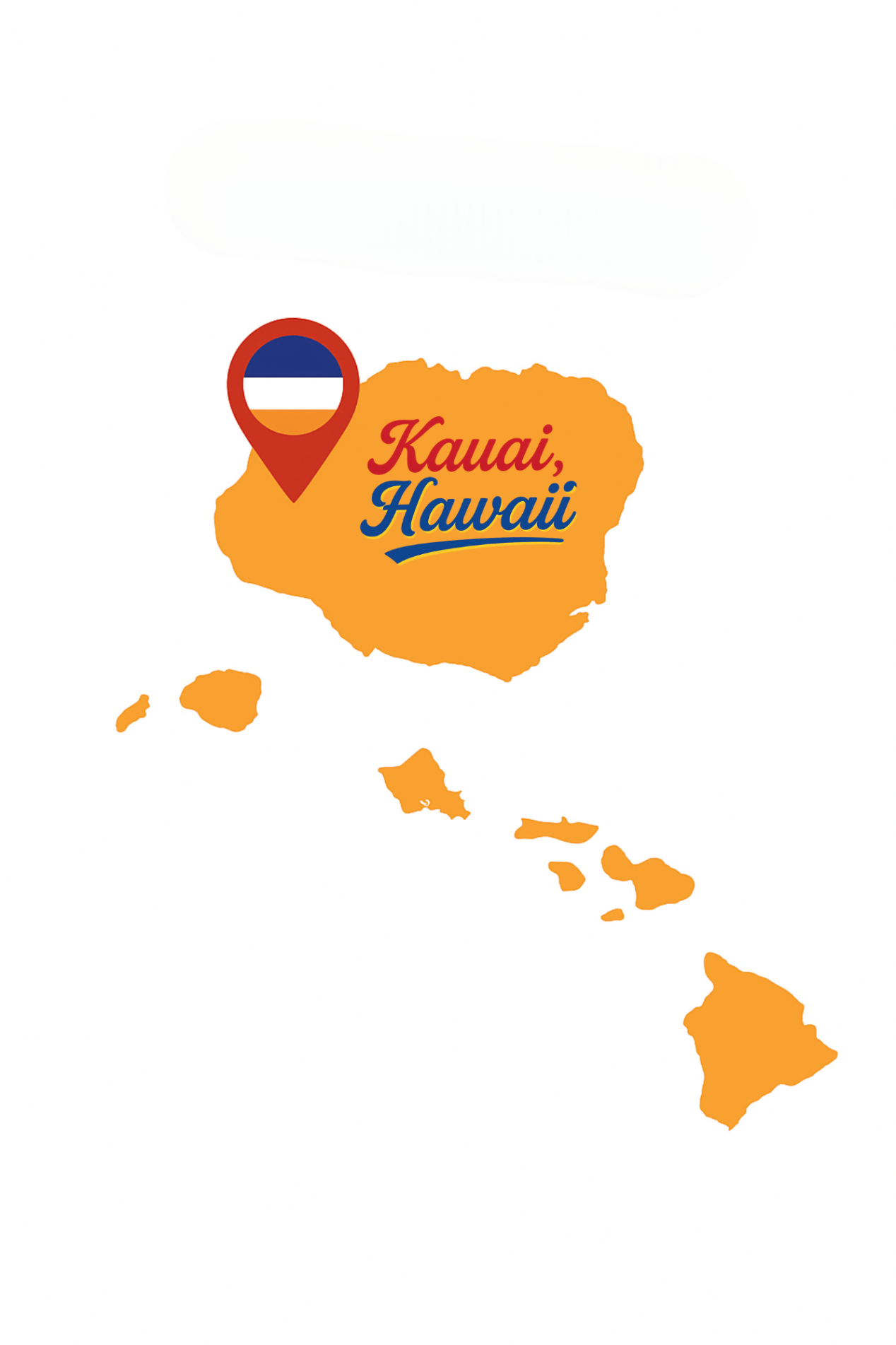Marsha & Martha
Exploring The Adventures of Marsha and Martha Book Series 1-10 designed for readers of all ages.
Book Series
The Adventures Of Marsha And Martha
-


The Monkey Fortress
Book 1$19.95 – $34.95Price range: $19.95 through $34.95 Select options This product has multiple variants. The options may be chosen on the product page -


Beneath the Wolf’s Watch
Book 2$19.95 – $34.95Price range: $19.95 through $34.95 Select options This product has multiple variants. The options may be chosen on the product page -


The Sacred Sea Turtle
Book 3$19.95 – $34.95Price range: $19.95 through $34.95 Select options This product has multiple variants. The options may be chosen on the product page -


Paco’s Secret Mission
Book 4$19.95 – $34.95Price range: $19.95 through $34.95 Select options This product has multiple variants. The options may be chosen on the product page -


The Secret Of Capybara Lagoon
Book 5$19.95 – $34.95Price range: $19.95 through $34.95 Select options This product has multiple variants. The options may be chosen on the product page
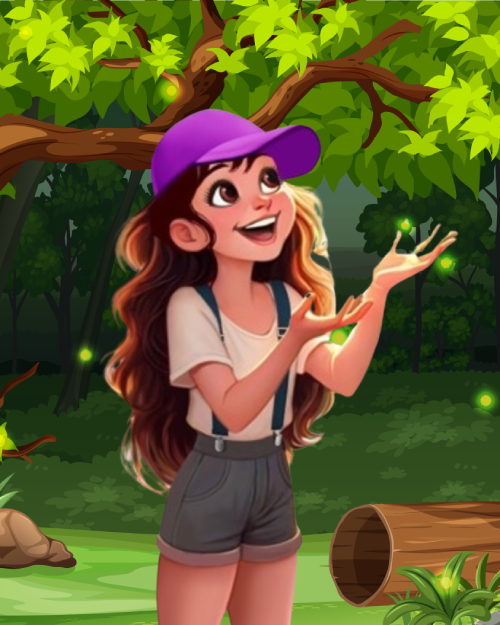
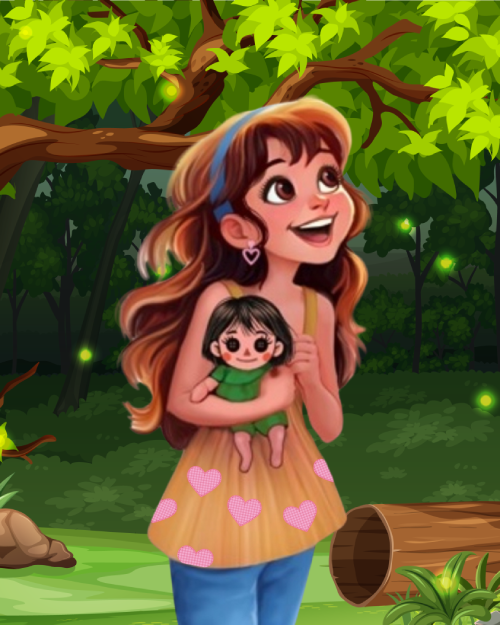
Marsha Stephens-Taylor grew up on adventures with her identical twin sister,exploring new places, and dreaming up stories wherever they went! Now she turns those real-life memories into exciting books in The Adventures of Marsha and Martha series. Marsha writes to help kids be brave, kind, and curious, and for every book sold, she gives one to a child who needs a smile.
Mission
Inspire kids and donate books to those in need.
Vision
Every child feels seen, loved, and empowered.
Our Goal
Buy one, give one to a child in need.
Books That Bring Smiles to Children Who Need Them Most
Be part of the story! By supporting the Marsha and Martha Legacy of Love Book Program, you can help bring the magic of storytelling to children everywhere. Together, we can inspire young minds, spread kindness, and create a brighter future—one book at a time.
Have questions? Want to partner, pre-order, or get involved?
Merchandise
Everyday Favorites for Kids
-


Beneath the wolf’s watch Stainless steel tumbler
$28.00 Add to cart -


Sacred Sea Turtle Case for iPhone®
$25.00 Select options This product has multiple variants. The options may be chosen on the product page -


Capybara’s Lagoon Tote Bag
$23.00 Add to cart -


Paco’s Secret Mission Notebook
$16.00 Add to cart
One for You, One for a Child in Need
With every book you purchase, a second book is donated to a child in a hospital, shelter, or foster home. Your gift doesn’t stop there—when hospitals and shelters allow it, a plush animal friend is donated alongside the book, bringing extra comfort and joy. Every purchase = double the love.
One for You, One for a Child in Need
With every book you purchase, a second book is donated to a child in a hospital, shelter, or foster home. Your gift doesn’t stop there—when hospitals and shelters allow it, a plush animal friend is donated alongside the book, bringing extra comfort and joy. Every purchase = double the love.
Our Latest Blog
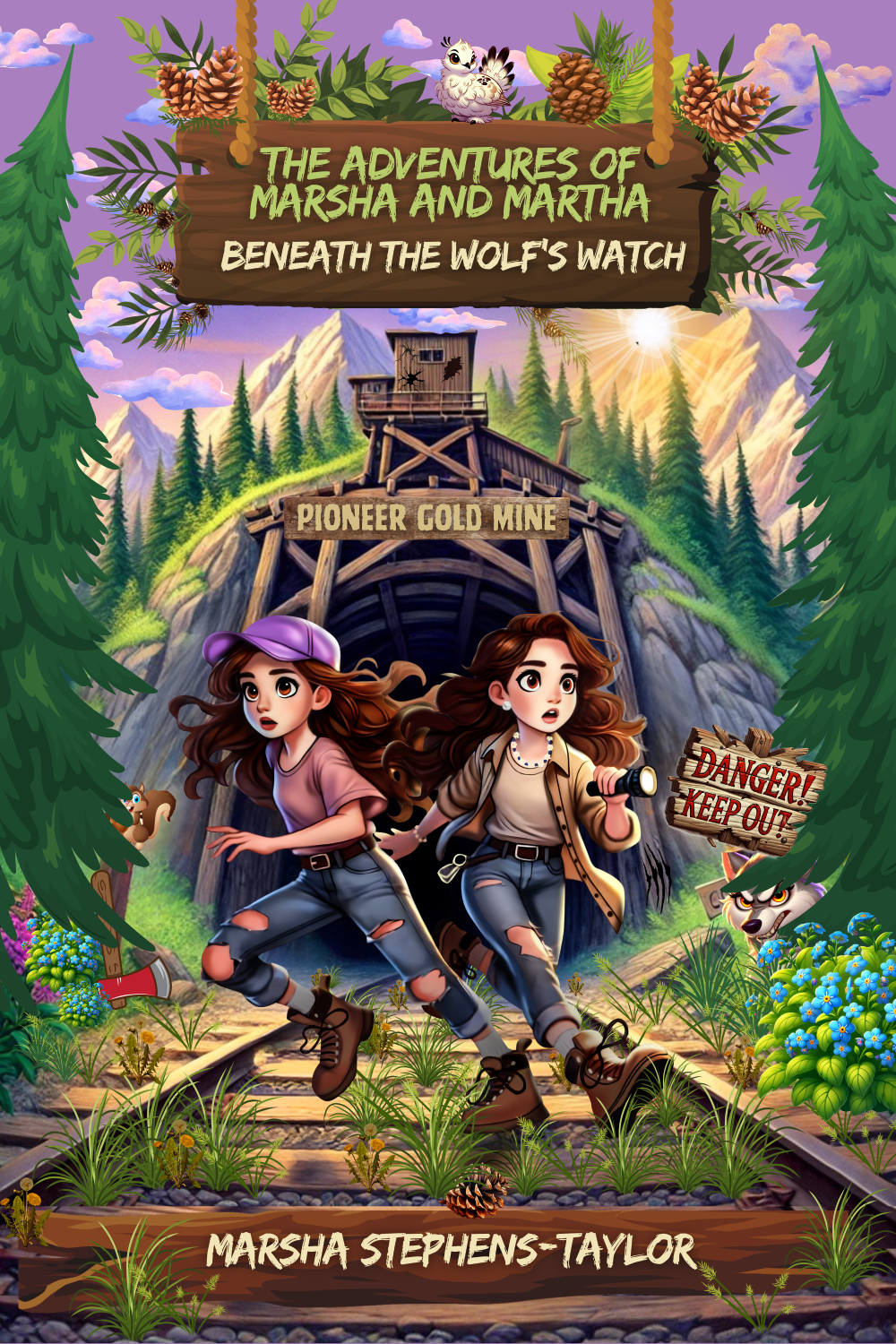
Beneath The Wolf’s Watch
“The strength you’re looking for is already inside you—just believe,

A Paradise of Heart and Home: Memories from Chile
“Nothing is better than kindness, good food, and breathtaking scenery—when

Marshland Magic: A Visit That Changed Us
“Imagination breathes color into everything—even when your eyes have already
